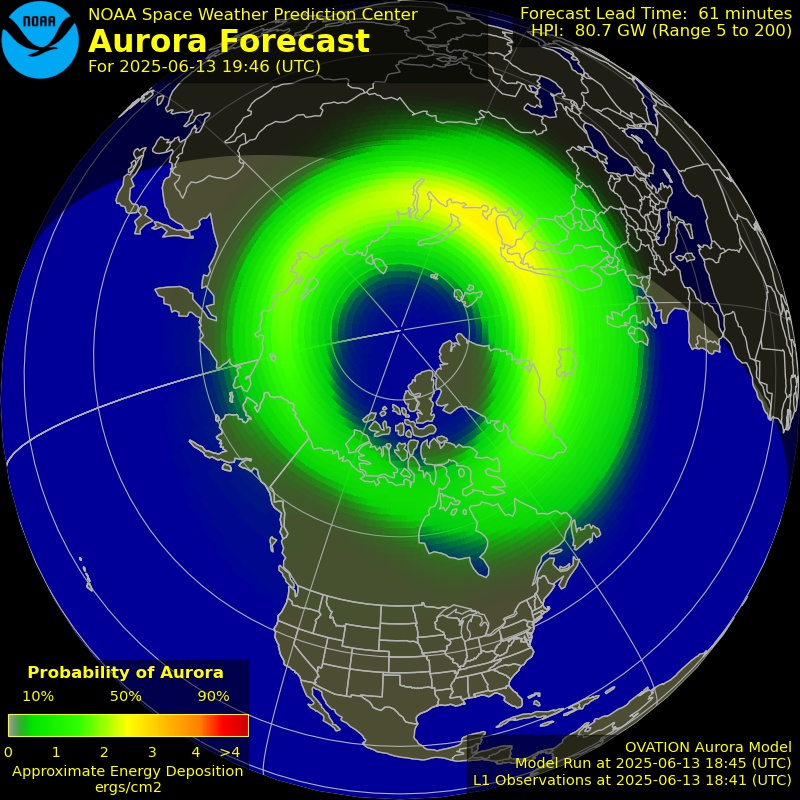Great Lakes drownings high in number, but often preventable, safety group says
Jul 16, 2019 03:02PM ● By Editor
By Dave Battagello from The Windsor Star - July 16, 2019
There have been 33 drownings so far this year within the five major Great Lakes — plus an added unknown number on connecting water bodies such as the Detroit River and Lake St. Clair, according to a water safety education group which tracks deadly incidents.
The Great Lakes Surf Rescue Project (GLSRP) has released numbers which show overall since 2010 there have been 773 Great Lakes drownings. The largest number for any one year occurred in 2018 when there were 117 traceable drownings.
While Lake Michigan by far seems to pose the greatest danger on the Great Lakes with 17 drownings this year, on the Canadian side the biggest trouble spots include Lake Ontario in the Toronto area and Wasaga Beach near Collingwood, according to the statistics.
Think of how often you are in water and whether you know what to do if you are in a drowning situation.
“Most people think of water like they are going to the park where they might fall off the monkey bars and skin a knee,” said Dave Benjamin, the rescue group’s executive director. “They don’t realize how quickly you can get into trouble when the water is over your head and then it becomes a fatality.
“Drowning is one of the leading causes of accidental deaths in the world and most people don’t know that. People need to be safe around water or a fun day at the beach can quickly turn into tragedy.”
An estimated 1.2 million people around the world die by drowning every year.

Summaries of each of the recent drownings on the Great Lakes provided by the group often point to victims jumping into waters off a boat far from shore or simply disappearing in a beach area — perhaps caught in a current — after going out for a swim.
Roughly 80 per cent of drowning victims are male — often due to a tendency to overestimate their abilities, take risks or more susceptible to peer pressure, according to the safety group’s statistics. About two-thirds of drowning victims were said to be “good” or “strong” swimmers.
Benjamin noted that people need to be aware how typical signs of drowning in progress do not include a “Hollywood version” with flailing arms and shouting. Potential drownings are often swift and silent where a victim remains submerged for roughly 30 seconds to a minute with no calls for help of any kind.
“There is also a stigma with drowning of always blaming the victim,” he said. “That only stupid people drown. Our view is people just need to be better educated on all facets of water safety and drowning survival strategies.”
A large majority of people are well aware of the “stop, drop and roll” survival tip should their clothes catch fire, Benjamin said. But he estimated less than five per cent of the population know about the “flip, float and follow” drowning survival strategy.
“Think of how often you are in water and whether you know what to do if you are in a drowning situation,” Benjamin said.The “flip” is to first roll over on to your back. To “float” is to keep your head above water while on your back and to the best of your ability calm yourself from the panic of drowning. The “follow” is to never swim against the current and try to follow the safest path to safety out of the water.
“Panic is the first phase of drowning,” Benjamin said. “You might drift too far from a boat or choke on water and then instantly panic.
“We just want everyone to be hyper vigilant about water. An adult can be within ten feet of a person, but often don’t know what a drowning looks like because they don’t hear or see it. It can happen fast, so we are just trying to increase the likelihood of survivability.”
For more information on water safety and drowning prevention, visit the Great Lakes rescue group’s web site at glsrp.org.
To read the original article and read related reporting, follow this link tot he Windstor Star website. https://windsorstar.com/news/local-news/great-lakes-drownings-high-in-number-but-often-preventable-s...

